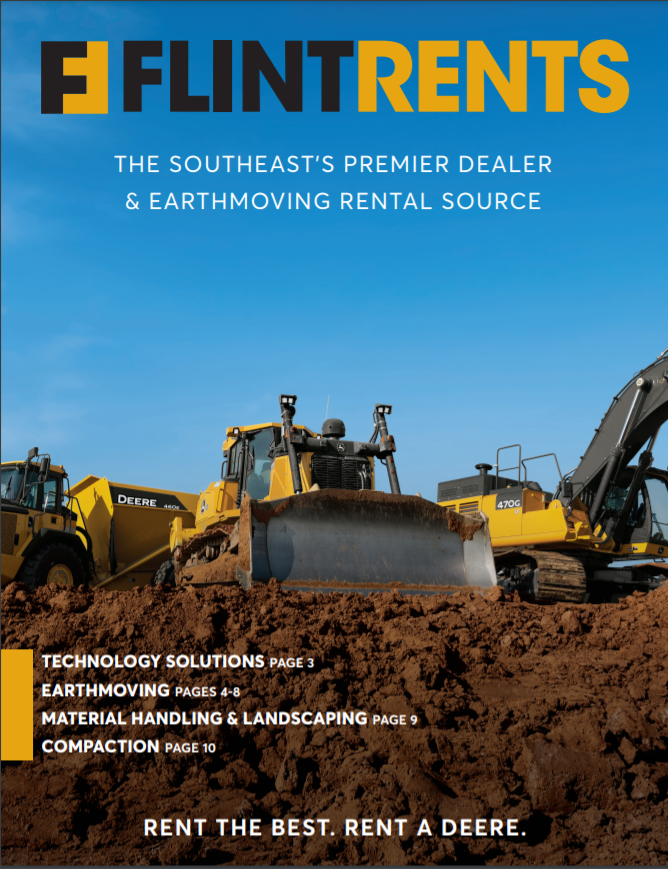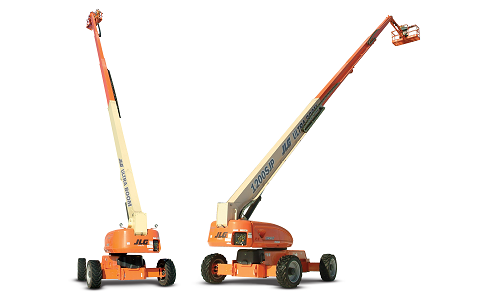Aerial Lift Rental: Versatile Training Solutions for High-Access Jobs
Aerial Lift Rental: Versatile Training Solutions for High-Access Jobs
Blog Article
Optimize Your Budget Plan by Understanding the Expenses Connected With Building Equipment Services
Comprehending the complete scope of expenses associated with building tools services is essential for optimizing your budget. What approaches can be employed to effectively handle these expenses and make certain an extra effective rental experience?
Overview of Rental Expenses
When considering building equipment services, understanding the linked costs is extremely important for reliable budgeting and job planning. Rental expenses can differ considerably based upon a number of elements, consisting of equipment kind, period of rental, and place. The preliminary rental fee commonly reflects the tools's market need and its connected operational abilities, affecting the overall expenditure.
Along with the base rental price, ancillary expenses might arise, such as transport charges, gas additional charges, and maintenance fees. It is essential to account for these extra costs to properly assess the total expense of leasing devices. Additionally, the rental duration can affect prices; longer leasings may get approved for affordable prices, while temporary leasings could sustain higher everyday charges.

Breakdown of Rental Prices
A comprehensive understanding of rental rates is vital for specialists and job managers aiming to maximize their budget plans. Rental rates for construction equipment typically contain a number of parts, consisting of base prices, time-based fees, and usage costs.
Base rates are the core charges connected with the rental of the equipment, usually established by the type and size of the equipment. These rates can vary dramatically, affected by aspects such as devices demand, accessibility, and local market patterns. Time-based fees, which may be daily, weekly, or monthly, serve to fit different task timelines and rental durations.
In addition, rental prices may consist of usage charges, which are appropriate when equipment is made use of beyond a defined threshold, making sure that the rental firm can make up deterioration. Seasonal demand variations can also influence rental rates, with peak building seasons typically regulating greater prices.
Furthermore, comprehending the rental firm's policies pertaining to maintenance and insurance coverage can provide additional insight right into the overall expense framework. By assessing these parts, specialists can make educated choices, guaranteeing the option of rental tools lines up with both job requirements and spending plan constraints.
Added Costs to Take Into Consideration
Comprehending the ins and outs of added costs is crucial for service providers to handle their total rental expenses effectively. Beyond the basic rental rates, various auxiliary charges can significantly impact the complete price of tools rental. These charges typically include shipment and pickup fees, go right here which can vary based upon range and logistics associated with delivering the equipment to and from the job website.
Furthermore, some rental business might enforce fuel surcharges if the devices is returned with less gas than when rented out. It is also important to be conscious of prospective cleansing fees, particularly for customized tools that needs extensive maintenance after use.

Completely assessing the rental agreement and making clear these additional costs upfront can aid professionals prevent unanticipated costs and make certain that budgets stay undamaged throughout the project lifecycle.
Upkeep and Repair Expenditures
Routine repair and maintenance expenditures are commonly overlooked aspects that can considerably influence the general price of building and construction equipment leasings. When renting out equipment, it is essential to consider not only the rental charges yet also the potential expenses related to keeping the machinery in optimum operating problem.
Many rental business consist of standard upkeep as component of the rental contract; nevertheless, much more considerable repairs or unanticipated malfunctions can cause extra costs. It's necessary to examine the rental agreement meticulously to recognize what upkeep solutions are covered and what responsibilities fall on the renter.
Moreover, tools that is not properly maintained can bring about inefficiencies on the task site, potentially a knockout post causing delays and increasing project costs. To alleviate these dangers, it is a good idea to perform regular examinations and preserve open interaction with the rental supplier pertaining to any problems that develop during usage.
Insurance Coverage and Obligation Expenses
Insurance policy and responsibility expenses are vital elements that can significantly impact the total cost of construction tools services (forklift rental). These expenses make certain that both the rental firm and the client are protected from possible monetary losses arising from crashes, damage, or theft during the rental duration

In addition, clients must know any type of deductibles or exemptions in the insurance plan, as these can affect prospective out-of-pocket expenditures. Understanding the conditions of any kind of insurance protection is vital to prevent unanticipated costs. Eventually, budgeting for insurance policy and liability costs can help guarantee a smoother rental experience and secure versus financial risks connected with construction jobs.
Final Thought
In verdict, a thorough understanding of the prices connected with construction tools services is crucial for efficient budget plan management. Inevitably, educated decision-making concerning devices rentals contributes to the total success of building and construction endeavors.
Rental expenses can vary dramatically based on a number of elements, consisting of devices type, period of leasing, and location (rental company near me). The rental period can influence prices; longer services may qualify for affordable prices, while temporary rentals may sustain higher everyday read this costs
By carrying out comprehensive study and engaging with reputable rental firms, professionals can properly navigate the intricacies of rental rates, eventually maximizing their economic resources.
Past the common rental rates, different supplementary fees can considerably influence the total expense of devices service. Rental companies commonly provide responsibility insurance that covers injuries to third celebrations or damages to residential property, while equipment damage insurance coverage can cover the price of repairs or replacement if the leased devices is harmed.
Report this page